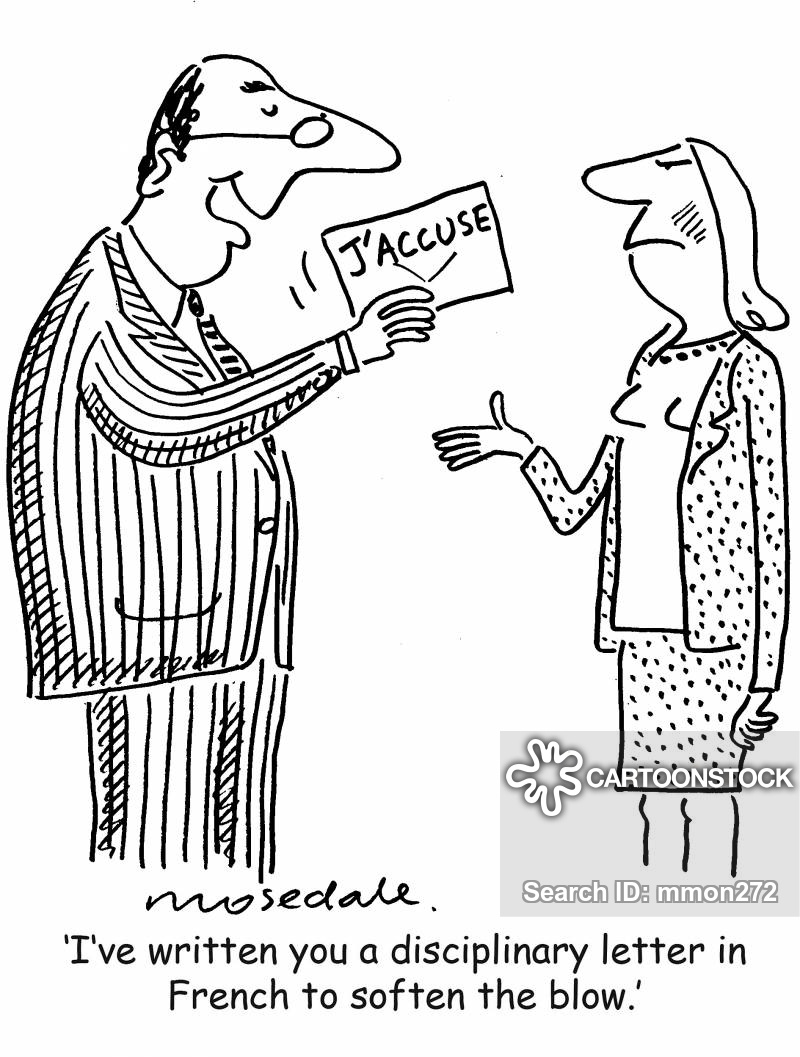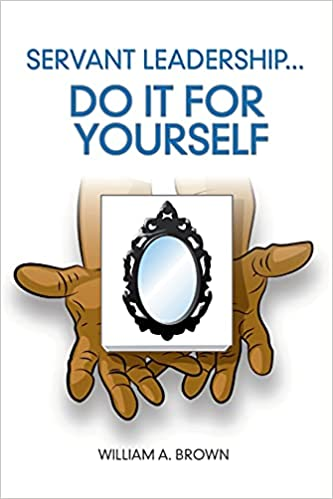Article-Detail

Employee Discipline; Part 2
I’ve been told that theory of discipline is good, and asked to go further into the nuts and bolts of employee discipline, so here we go. The most important thing to remember in employee discipline is why you are doing it. The reason for any discipline is ‘to make people better’. Before you get started, ask yourself a few questions: Do you have a bias about the investigation? Do you really like the complainant? Do you really dislike the accused? Are there stereotypes that guide your thinking about people? Many times these biases, conscious or unconscious, drive investigators to conclusions that don’t make anyone any better, and must be removed before you start. This article will walk you through the process. Many leaders avoid taking on messy people problems because it takes a lot of time, and is personally or politically difficult for them so they pinch their noses and live with it. Every day a leader chooses to live with it, that leader diminishes him/herself and the organization so confront people issues supportively right away.
For most employees, the steps of progressive discipline are spelled out in your contract or employee handbook. If you don’t have one that lays out the steps, then look one up, talk with a colleague about it, and use your best judgement. If you have an employee with problematic behavior, tell them. There should be no surprises in the process. It communicates that you care about the employee and the impact they are having on others. Your conversation should be specific about the behavior, its impact, and what you expect of that employee. This is usually referred to as an ‘informal conference’. This conversation should not be mitigated meaning, making a joke of it or softening the tone, it needs to be serious and supportive of that employee’s ability to be successful at work and in personal interactions. Ask the employee if they know their behavior is a problem, sometimes they don’t. Talk together about possible solutions and follow up with the employee. This conversation usually ends the behavior however, in some cases it brings defensiveness and resentment. If the employee does not get over those initial feelings and continues with the frustrating behavior, you’ll need to take the next step.
The next step is a formal conference. It should be done one on one in the office of the direct supervisor. The setting and the tone needs to be serious and communicate that the behavior needs to end and the employee can do it. Also, it should be followed up with a written summary. Although not a formal reprimand, the conference summary does carry the same weight further down in the corrective process. Conference summaries usually don’t go into employee files, but they are stored away in the event that employee performance does not improve. This step makes a strong statement that the employee’s behavior is a serious problem and that other remedies have not been successful. Because of the serious nature of this conversation, it needs to include supportive statements about who you believe the employee to be and your belief in them to be successful. The conference summary, or email follow up, is a short record of what was said during your meeting and a word of encouragement. If the behavior continues, take the next step in the process.
At this point in the process, you have had many informal conversations with the employee where you have pointed out areas of growth and your belief in them. You are at this point because the employee has not responded. By this time their union representative is aware of your communication and will want to be included in any discussions you have with that employee moving forward. Don’t be bothered, this is a good thing. A good union representative will challenge everything you have during your discussion, and will challenge the employee’s behavior after the meeting. In the discussion prior to the formal written reprimand, the leader will need to have all records of past discussions, and any evidence that the behavior has not changed or improved. The worst thing a leader can do in this meeting is be disorganized. Not having all information, or not having it in order communicates that you or your case isn’t very strong. Too much shuffling through stacks of paper during a discussion also is a bad look. This conversation will give the employee an opportunity to view your information, offer feedback, and fill any gaps. In the past, employees needed to sign the letter, that really isn’t necessary anymore so just sign and deliver it to that employee. Keep in mind that a third party will read what you give to your employees so it needs to be accurate, professional and supportive of their success.
Unions like to make the case that managers are nitpicking authoritarians who only focus on the negative. In too many cases, they are right. Arbitrators usually side with the employee who feels ‘picked on’ so in your interactions formal and informal, your sincere desire for them to be successful is essential. The third person who reads your documentation has to see that this was not a witch hunt to take out an unpopular employee. Instead, it was an effort to improve employee performance.
Most contracts give a limit to the amount of time you can use a letter of reprimand in the corrective process, the contracts I’ve come in contact with say 2 years. In contrast to the letter of reprimand, documentation on an Evaluation does not expire and can be used as long as that employee is employed. Leaders don’t spend nearly enough time on the process of evaluation. Boxes are checked and lines are signed without any meaningful exchange of information. Even for problematic employees. I’ve been guilty of this in the past and have missed out on golden opportunities to help people on my team. More time should be spent on the evaluation so that it communicates strengths, areas of growth, and efforts to support the employee.
Here is a rule of thumb, constant communication is the key to successful correction. If you are not spending time with people, talking about your vision and expectations you are going to miss things. What you miss will cost you, your team, and the organization. You won’t have to write up every misbehaving employee, most will see the light and self correct. If you have to engage in the corrective process then consider this, how do you hope people would treat you if you were on the other end of the table. Approach it that way and you will SOAR!
William A. Brown
June 28, 2020
http://www.soarsuccessfully.com/articles-details.php?id=16
FRISK Documentation Process
F… Facts. Describe what happened in detail. Write it in a way that a third person would understand.
R… Rules. Which rule was broken. Is it state law, Education Code, or Board Policy? Identify and write it in this section.
I… Impact. What was the negative impact of this misconduct? Who was harmed and how? Be specific.
S… Suggestions. What do you want the employee to do moving forward? It can be a directive to read a section in the contract, complete training, accept a demotion, or some combination.
K… Knowledge. What you are going to do. Usually, we just say that we will put this letter in the employee’s personnel file and that they have a set amount of time to attach a response if they’d like.
https://www.accca.org/files/ACHRO/FRISK%20(2)%20%235.PDF




